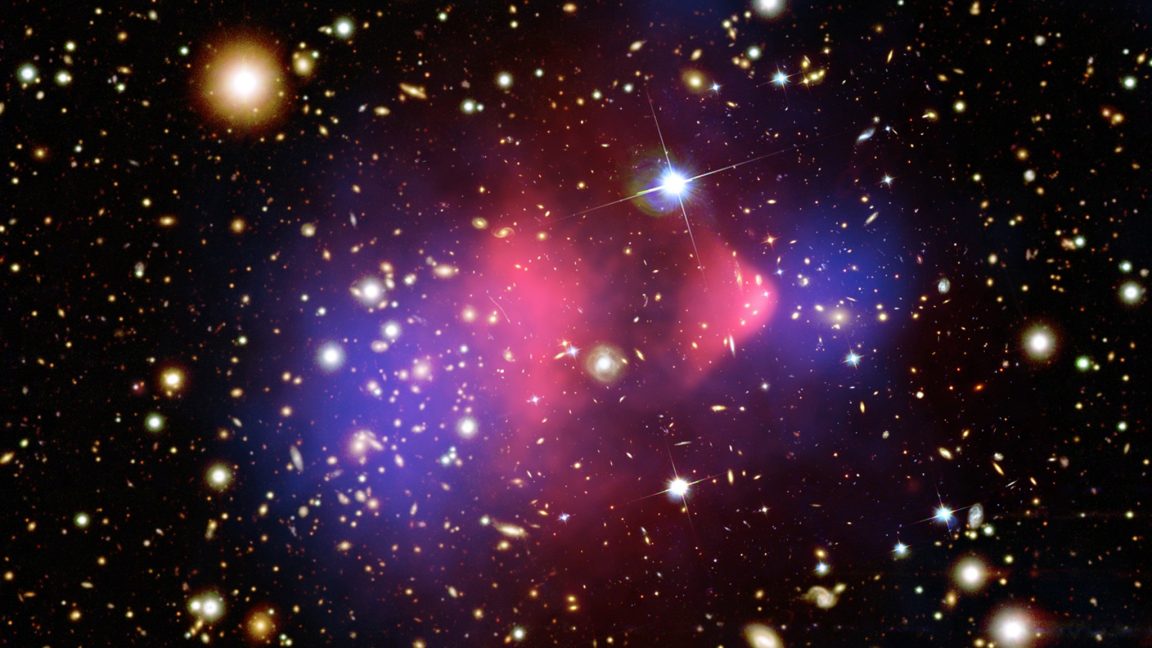
Specifically, when information—which, for our purposes, we can take to be the total description of every property of matter and radiation—enters a black hole (in the form of infalling matter or radiation or your worst enemy), the surface of a black hole grows proportionally. To be clear, so does the volume, but not proportionally to the amount of information.
This simple relationship unlocked an entire line of research centered on holography, the idea that the physics of our Universe, especially that of gravity, might actually take place on the surface of the cosmos. Indeed, the surface might be all there is, with the four dimensions of spacetime manifesting from various quantum interactions happening on that boundary.
Verlinde combined this holographic approach with the concept of black hole thermodynamics to rewrite Newton’s laws, and eventually general relativity, in terms of statistical relationships that give rise to gravity, making it an emergent force.
Now, as my email inbox can attest, any random crank can reassemble the laws of gravity by substituting variables in the equations, and by that metric, Verlinde’s work wasn’t all that impressive. But it’s a completely different ball game to take your own ideas seriously and develop a complete theory of physics, one that matches up with known observations and is capable of saying something new and surprising about the Universe.
In Verlinde’s formulation, spacetime itself has thermodynamic properties like entropy. Normally, the entropy of spacetime is completely swamped by everything occupying spacetime. It’s only when you go far away from everything that the densities of matter drop enough that the entropic nature of spacetime, and hence of gravity, starts to become apparent. And in those conditions, Verlinde discovered a slight deviation from the predictions of normal gravity. Specifically, both Newton and Einstein predict that the strength of gravity diminished inversely proportional to the distance squared. Verlinde’s emergent gravity suggests that, that in extremely low-density environments, gravity is merely inversely proportional to the distance.




















+ There are no comments
Add yours